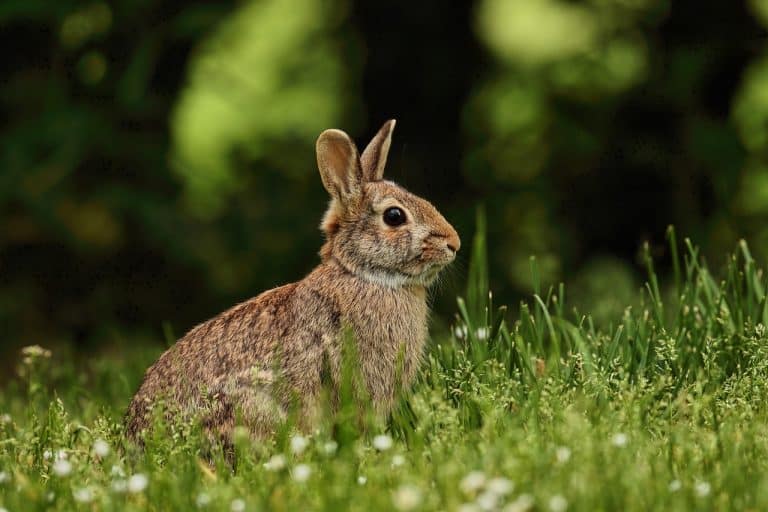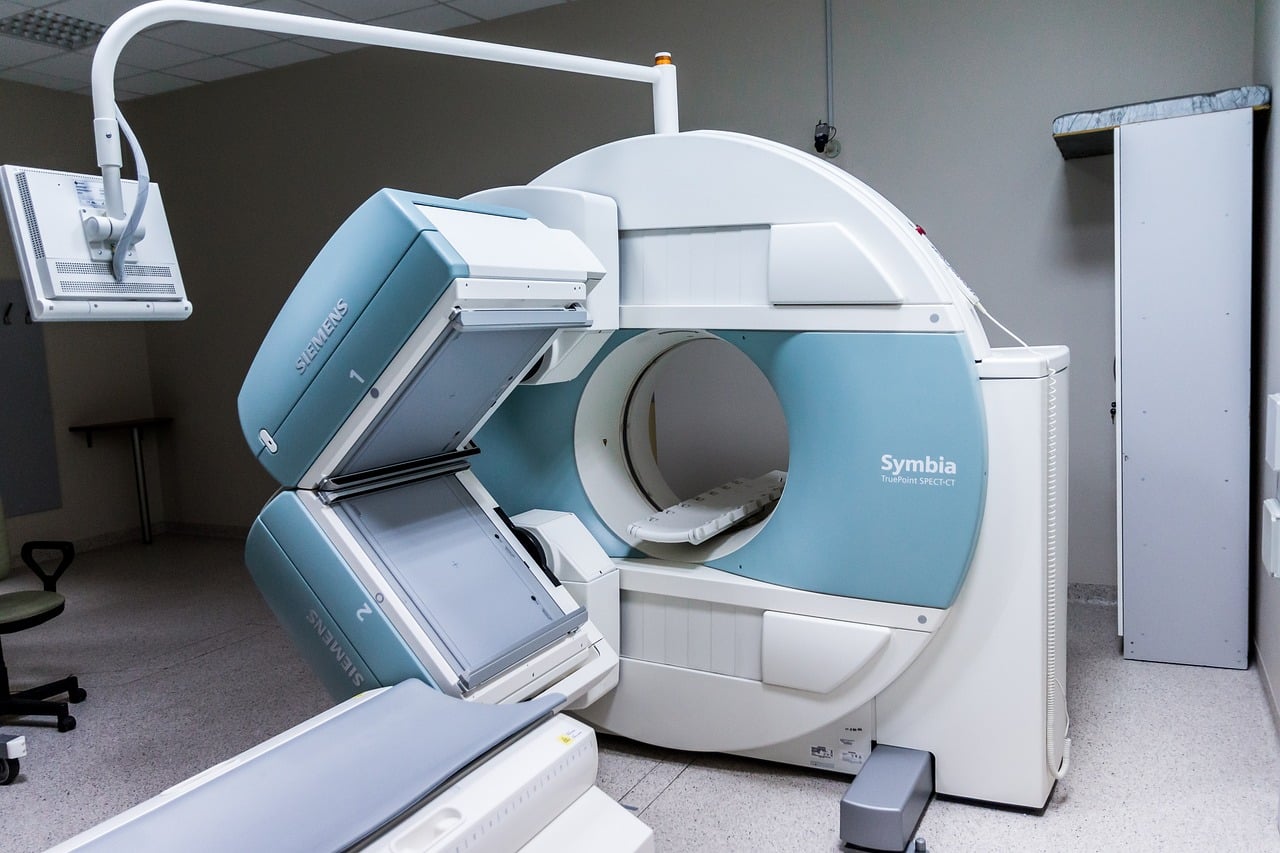Rabbits can make adorable pets. Also, as pets, they do not have very large carbon footprints. Their vegan diet can be easily accommodated through gardening and local shopping. In addition, pet rabbits can help out in their way with gardening and farming. For example, they can dig in the ground and create an environment where plants thrive. They can also be keystone species within their ecosystems. A keystone species is one with a unique role within its particular ecosystem. The European Rabbit, for instance, has been deemed a keystone species.
1. Rabbits as Pets and in the Yard
There could be concerns about the environmental impact of keeping rabbits as pets. According to Amy Pratt (aka the Bunny Lady), you can have pet rabbits without worry. She states that a pet rabbit “can… be a very environmentally friendly choice.” The carbon footprints of rabbits are tinier than those of other common pets.
For instance, rabbits are vegan and can consume hay and vegetables. You can find healthy food for them at nearby community markets. If you have a garden, you can find food for your rabbit there. In general, you can find nutritious food for your rabbit without going far. Therefore, a low carbon footprint is created. Feeding a pet that eats meat-based food bought commercially generates a higher carbon footprint.
The blog Hearty Sol describes the benefits of having a pet rabbit on a farm. According to Hearty Sol, “rabbits are a diligent keystone species that aids in garden maintenance.” The farm described grows cut flowers. A rabbit hopping around the farm has proven both cute and helpful. The blog explores how having a “backyard rabbit” can be helpful with gardening. For instance, the rabbit can help prepare the soil for planting by digging around in it. This process can help allow nutrients to reach plant roots. It can also ensure that there is space in the garden for healthy plant growth.
2. European Rabbits as Keystone Species
National Geographic states: “A keystone species is an organism that helps define an entire ecosystem.” A keystone species fills a unique role within a particular ecosystem. It has a large effect on an ecosystem’s interconnected food chains. A particular ecosystem would be very different without the keystone species found within it. The disappearance of a keystone species would prompt the ecosystem to change or even disappear.
According to University of East Anglia researchers, one such keystone species is the European Rabbit. This species engages with its surroundings in ways that help other species thrive. As described by Hearty Sol, European Rabbits dig in the ground. This digging, combined with grazing, facilitates the survival of other species in the local ecosystem. Other species are provided with an environment in which they can live.
Unfortunately, there are not as many European Rabbits as there once were. The University of East Anglia states that the rabbits are declining in number. This decline in the European Rabbit population is happening across the globe. In terms of proximity to extinction level, this species has been classified as “Near Threatened.” This is the International Union for Conservation of Nature (IUCN) classification of the rabbit’s situation. In addition, the IUCN highlights the rabbits’ importance as a keystone species. Efforts are being made to protect the European Rabbit population.
Overview of Ecosystem Effects
A rabbit can be a keystone species within an ecosystem. A keystone species is integral to the survival of other species within an ecosystem. If a keystone species disappears from an ecosystem, then that ecosystem is prompted to change. In particular, the European Rabbit has been designated as a keystone species. This species has also been classified as “Near Threatened” by the IUCN. Efforts are underway to ensure this rabbit’s survival as well as that of interconnected species.
One way that rabbits help ecosystems is by interacting with the ground they travel through. Rabbits graze and dig, creating a conducive environment for other species’ survival. In a garden, rabbits can dig the soil and provide a beneficial environment for plants. The plants’ roots are then better able to access nutrients. They are also able to have enough space for ample growth.








